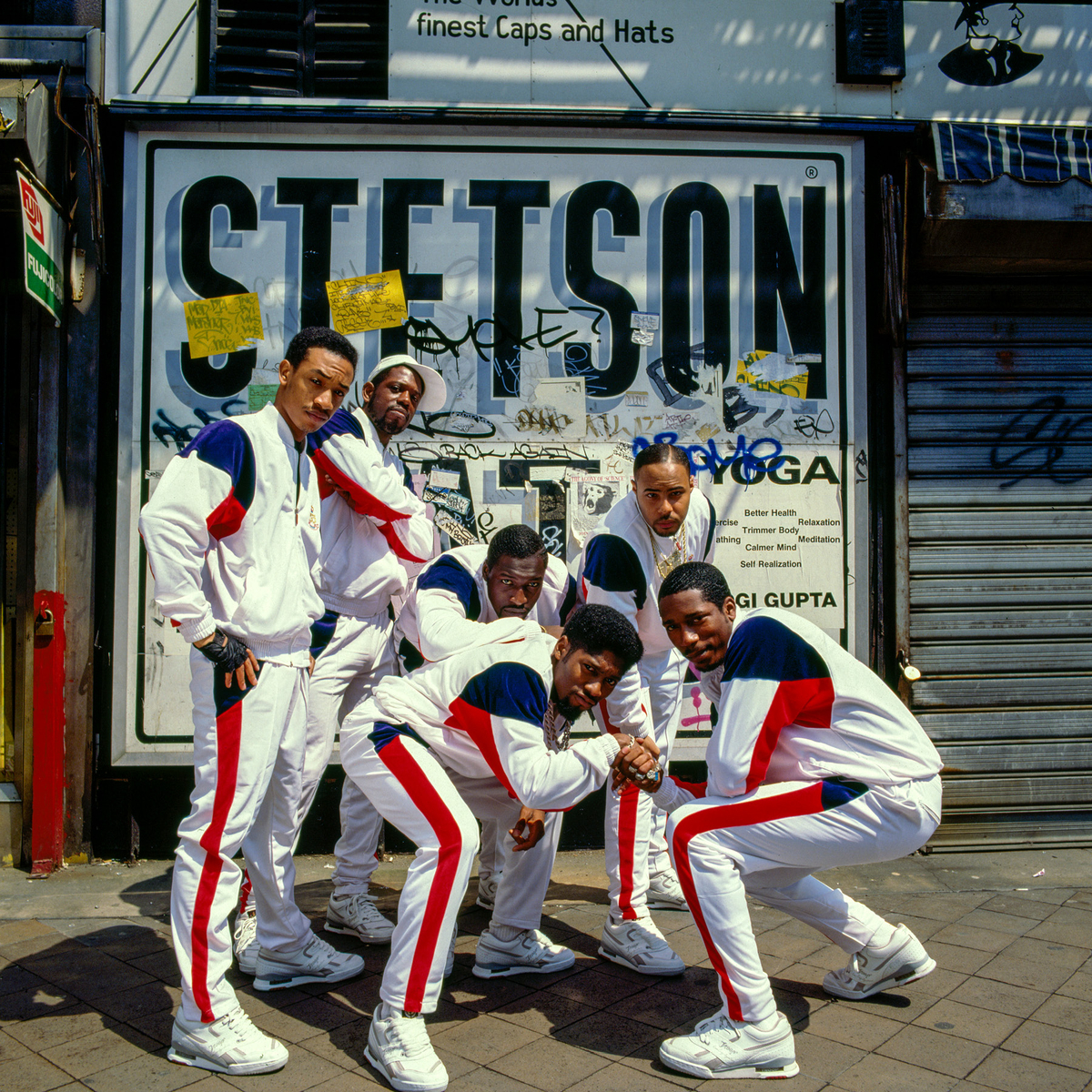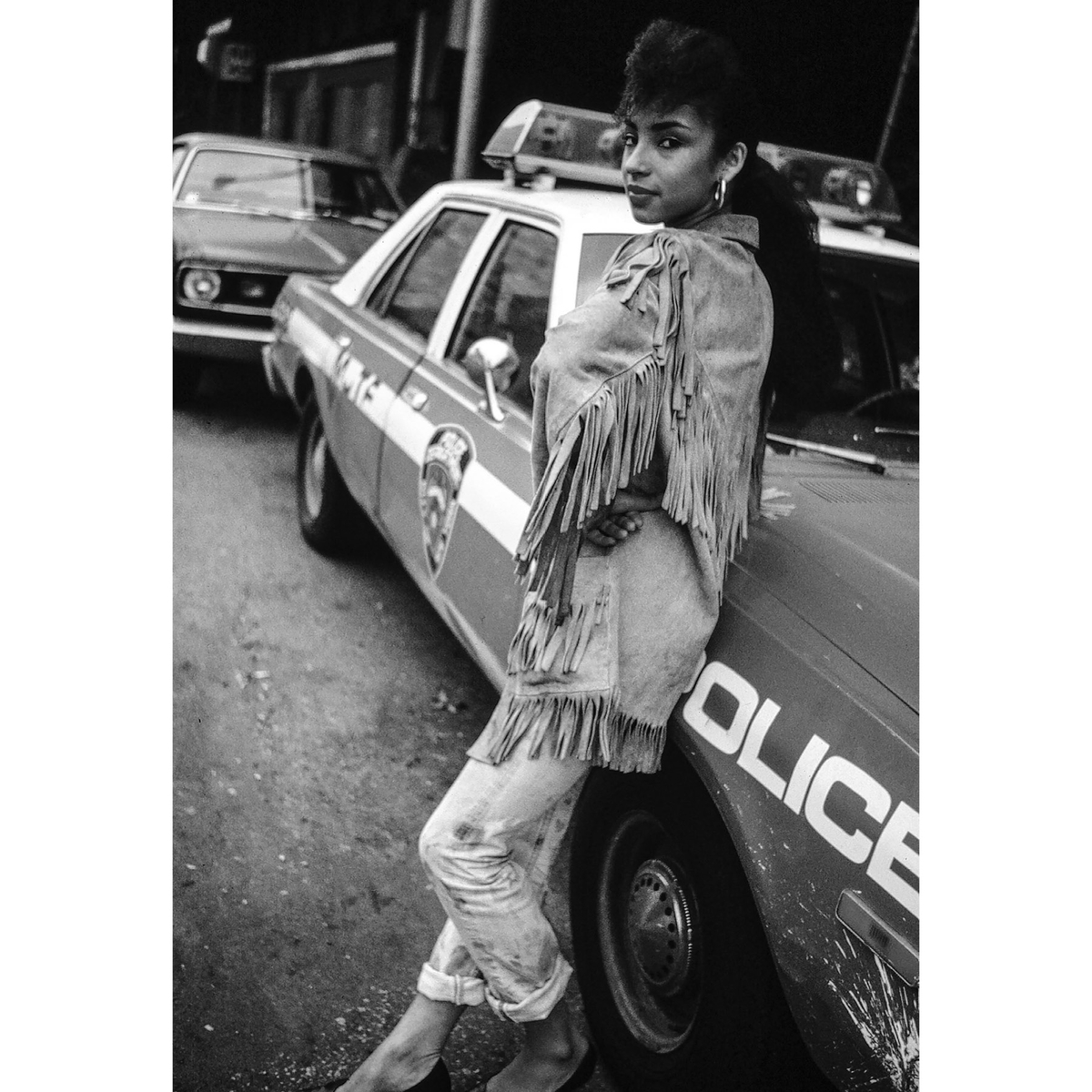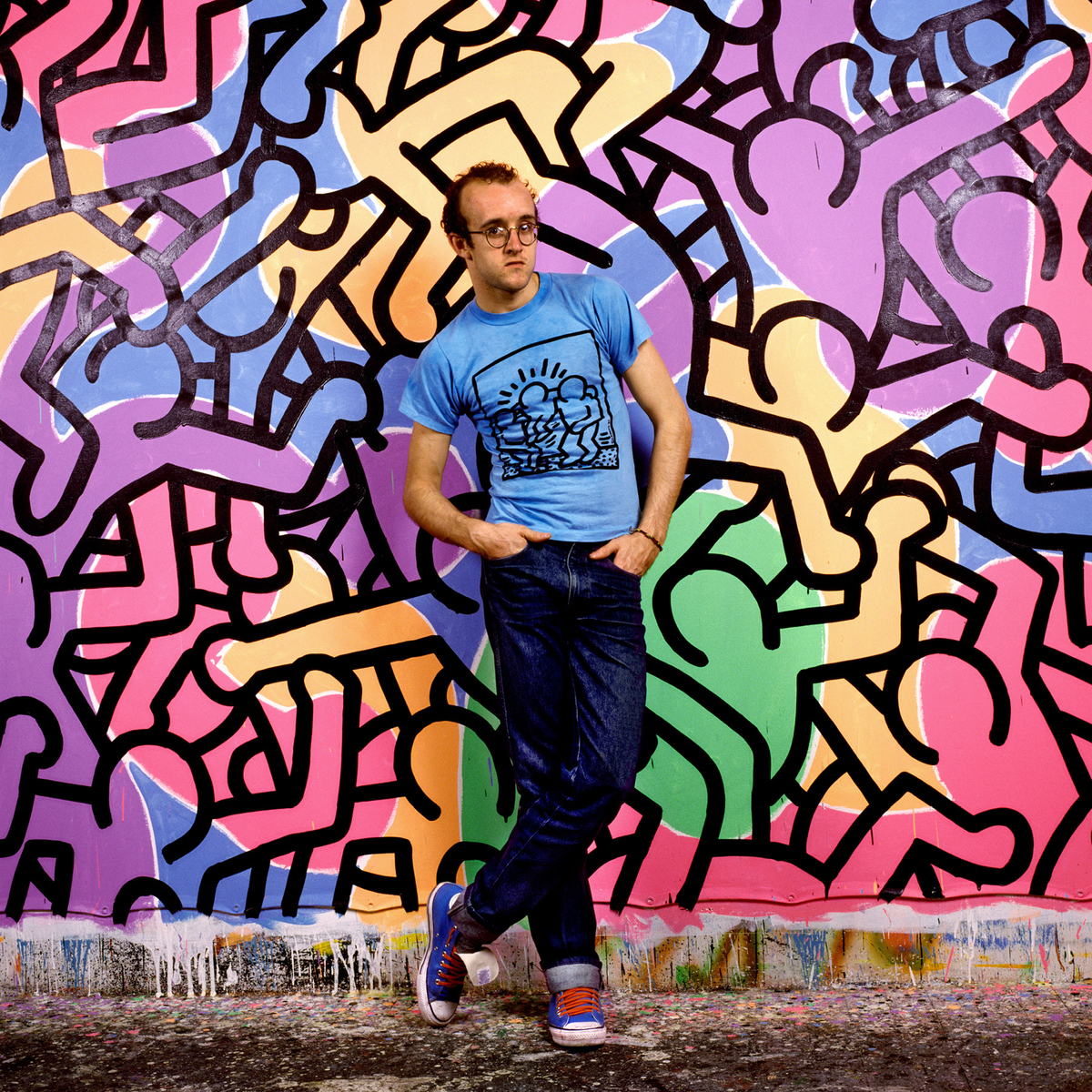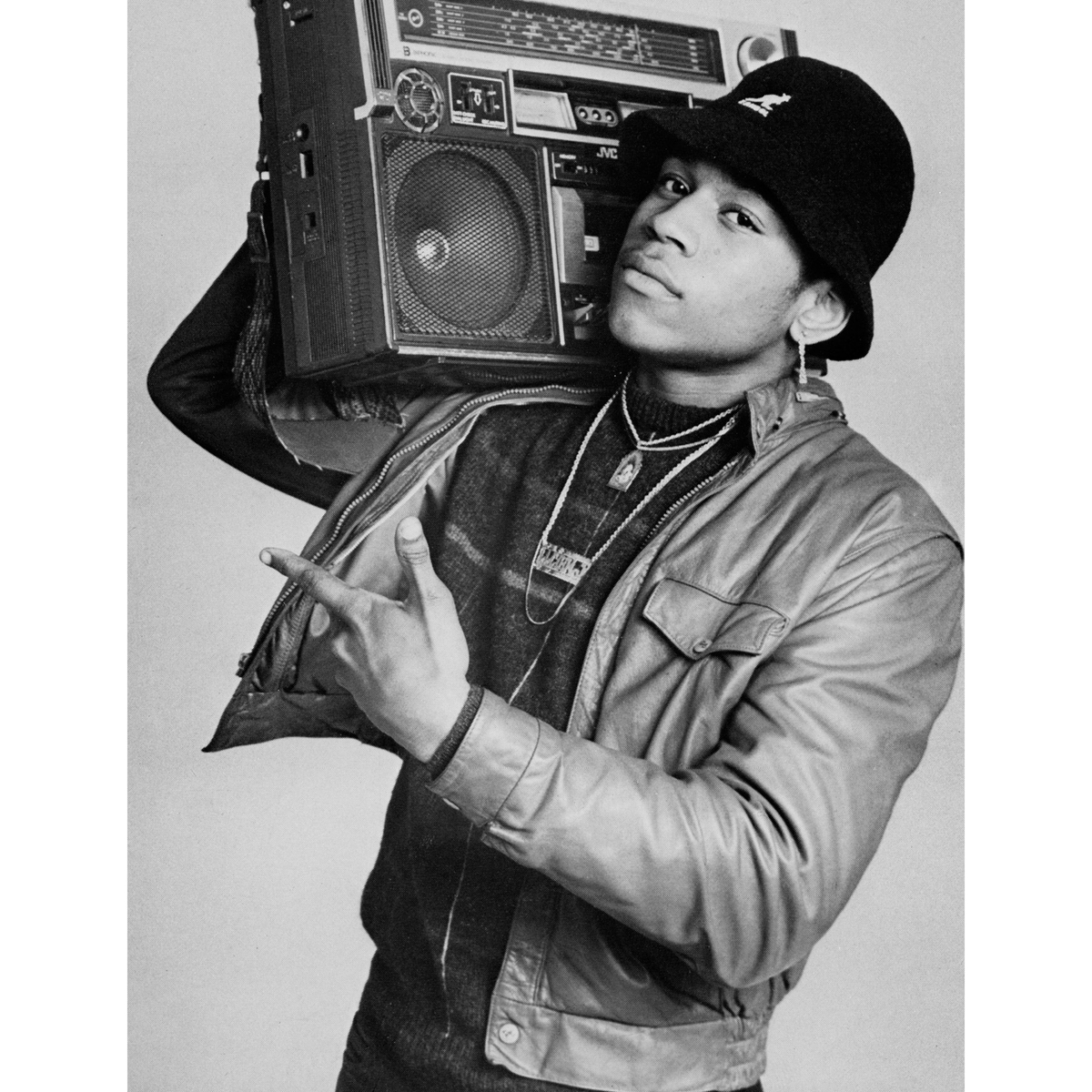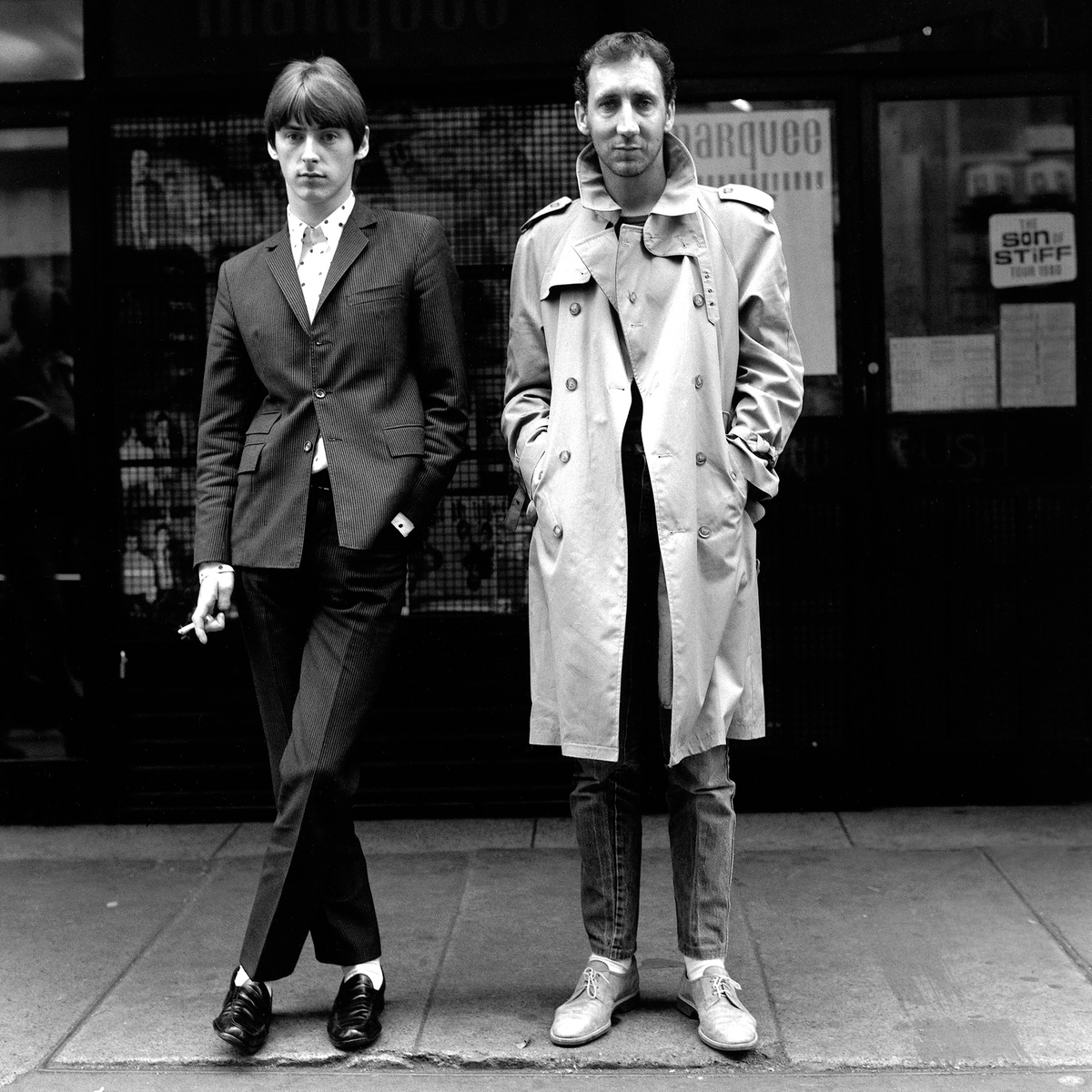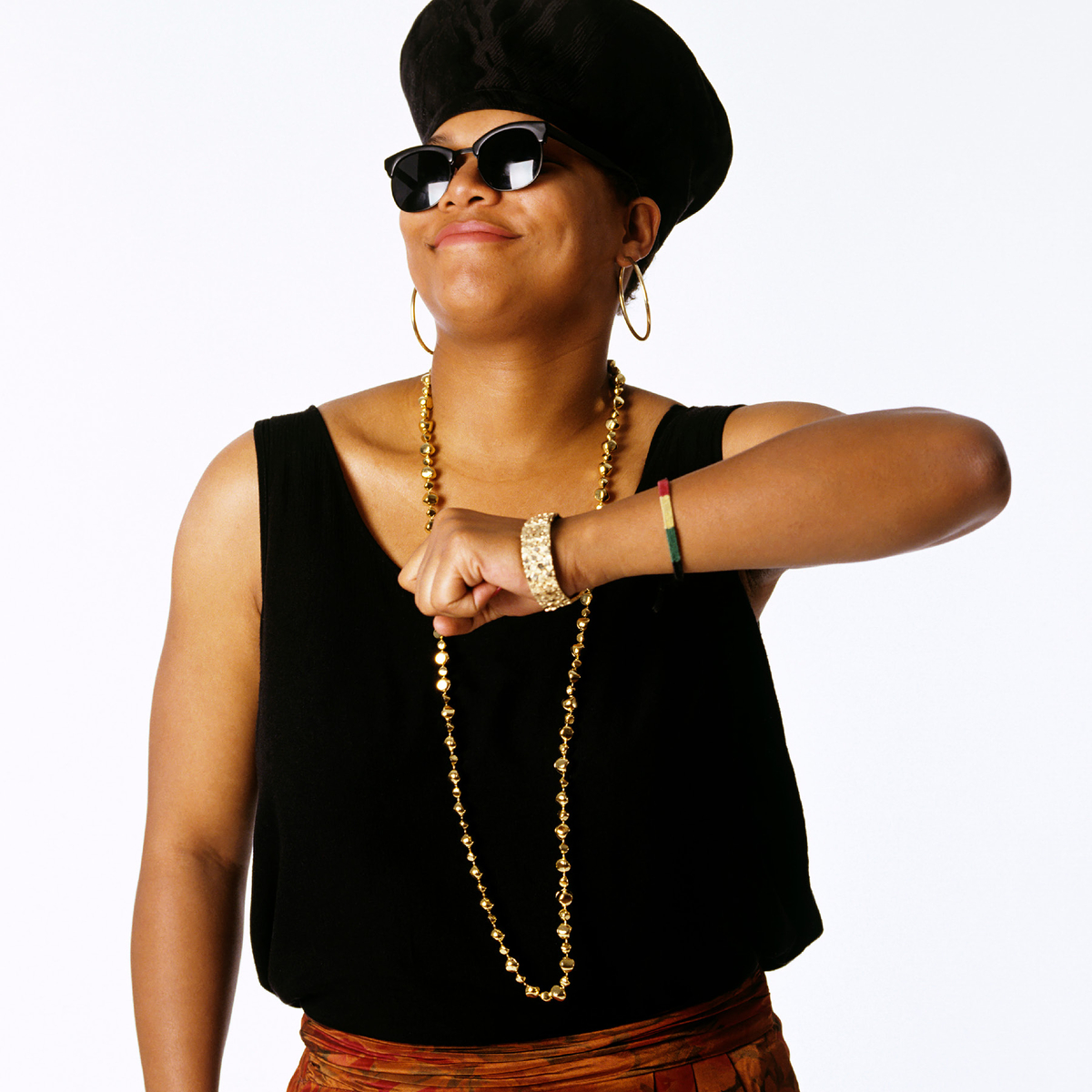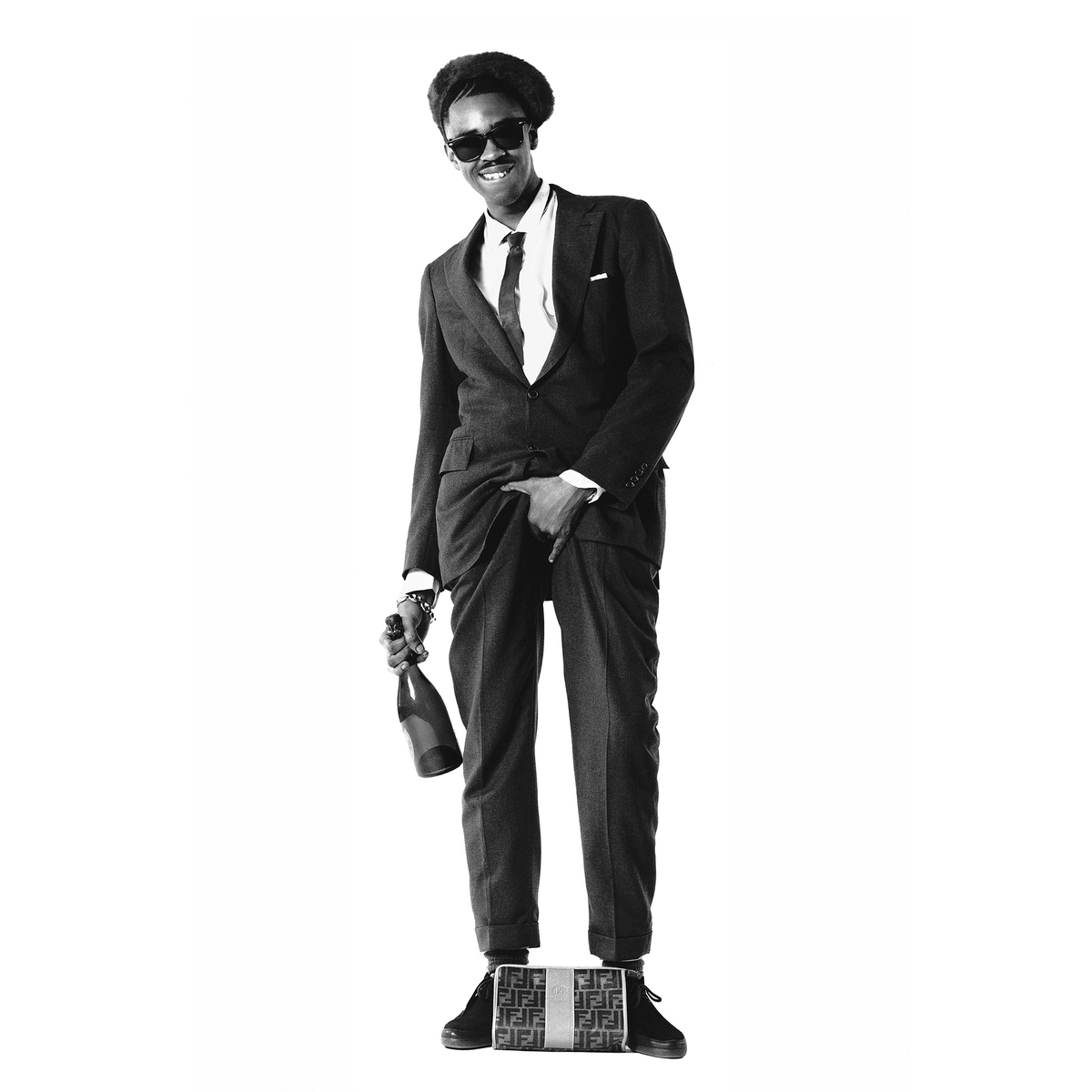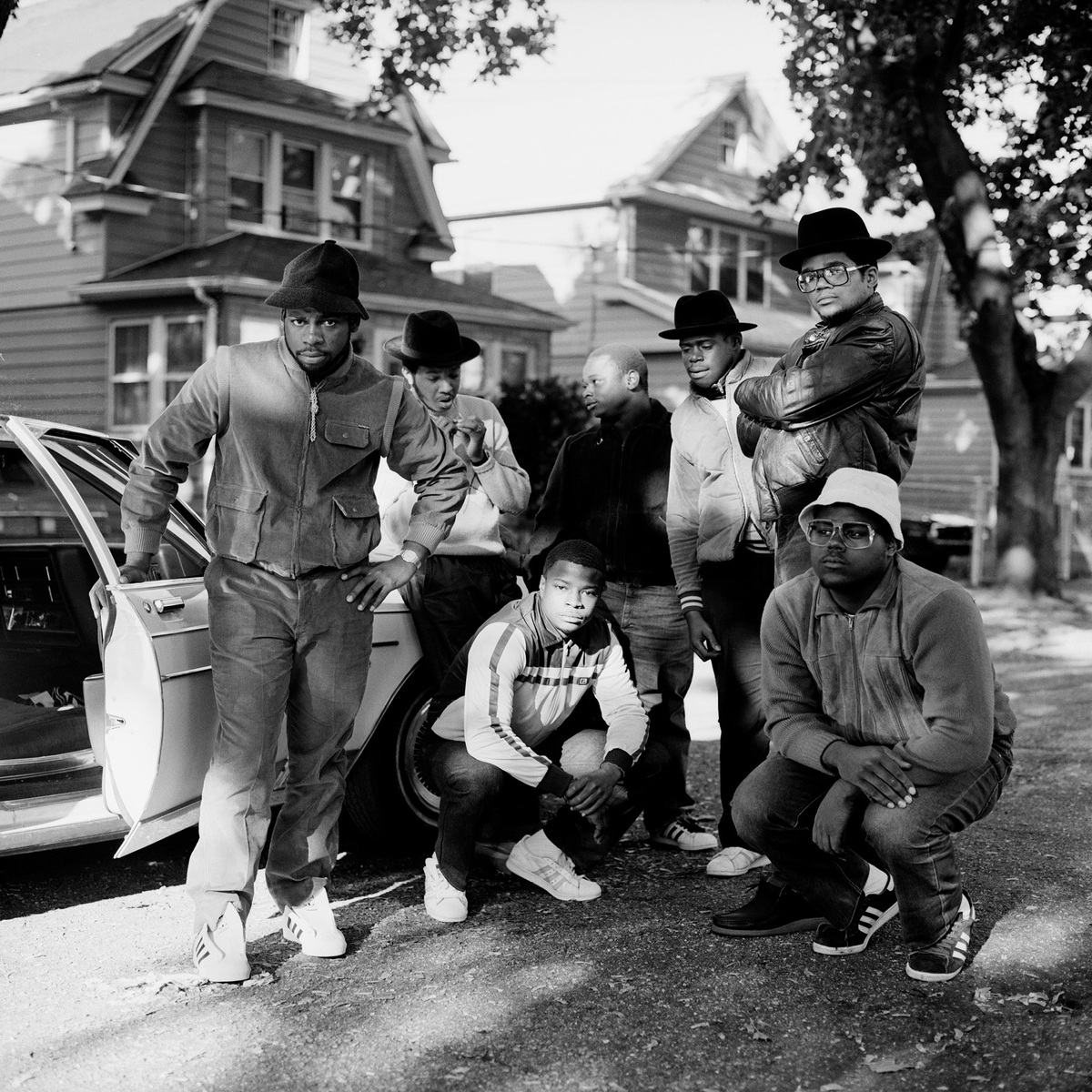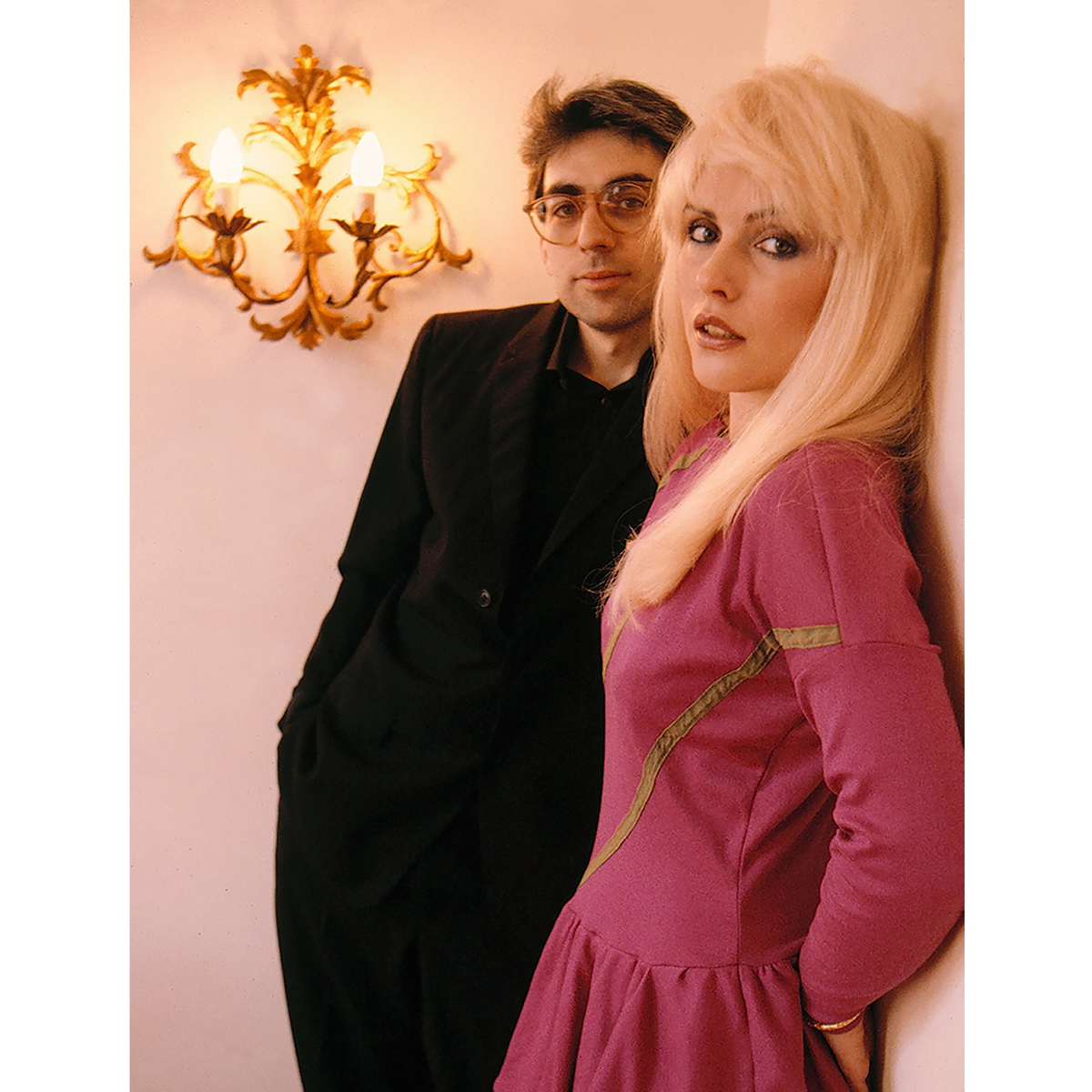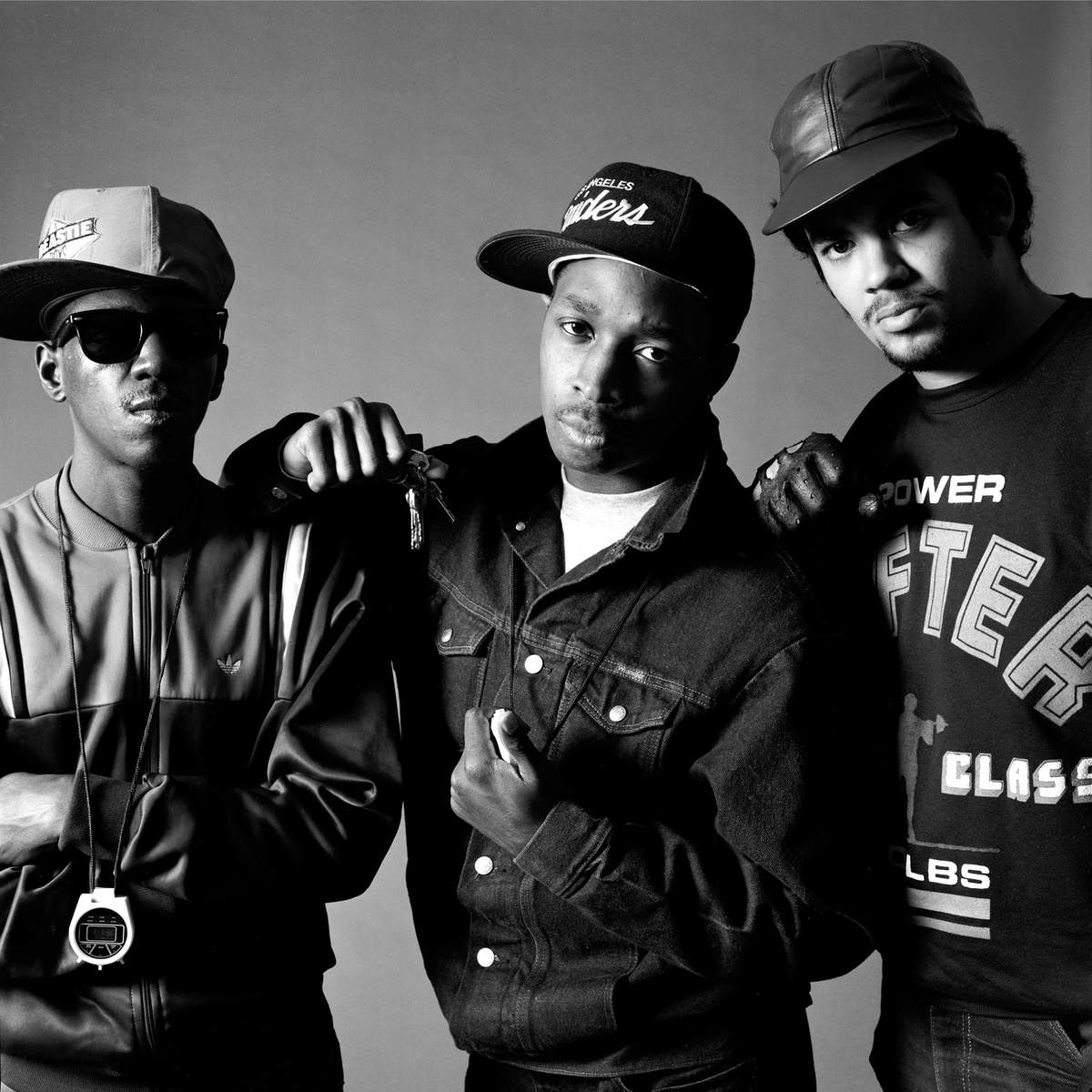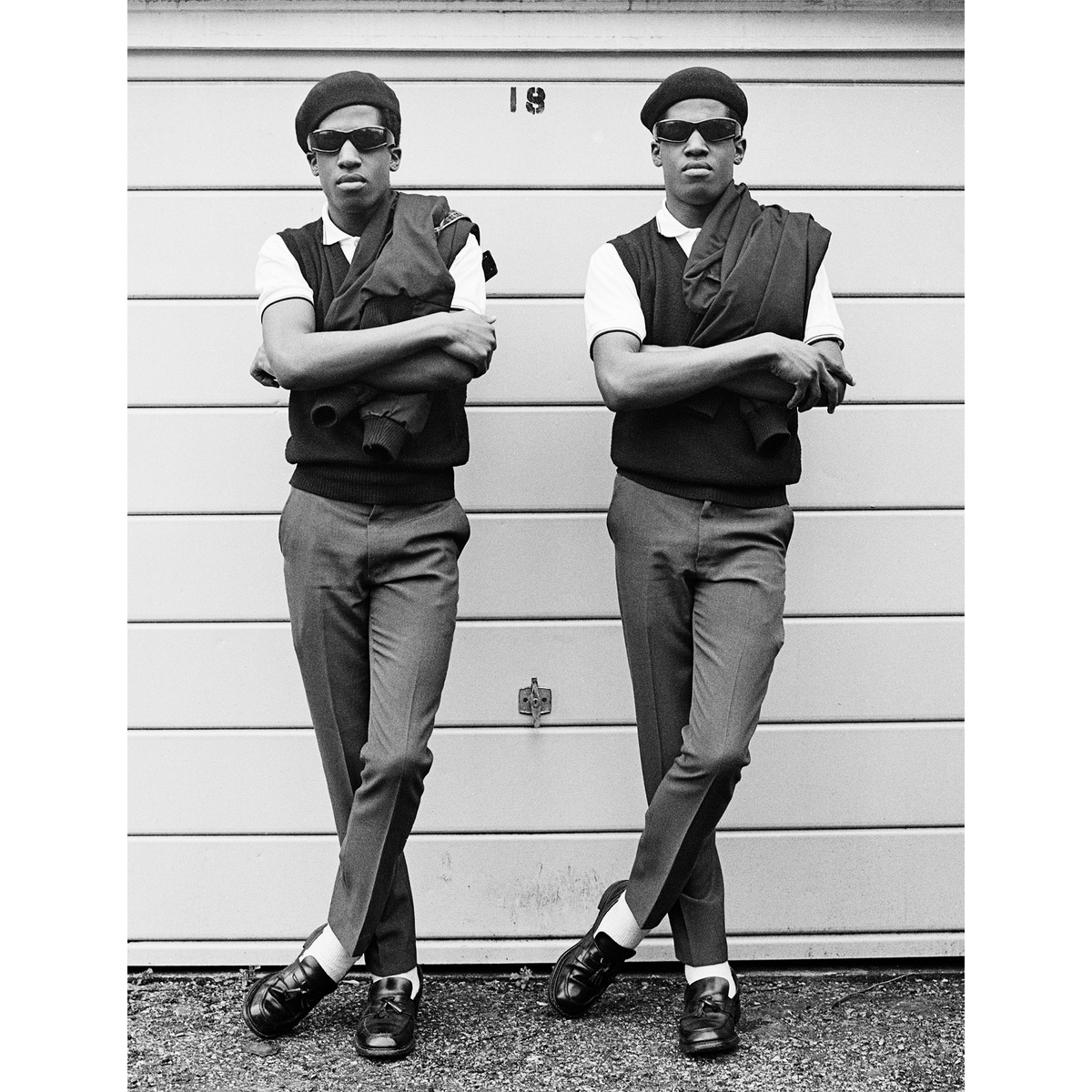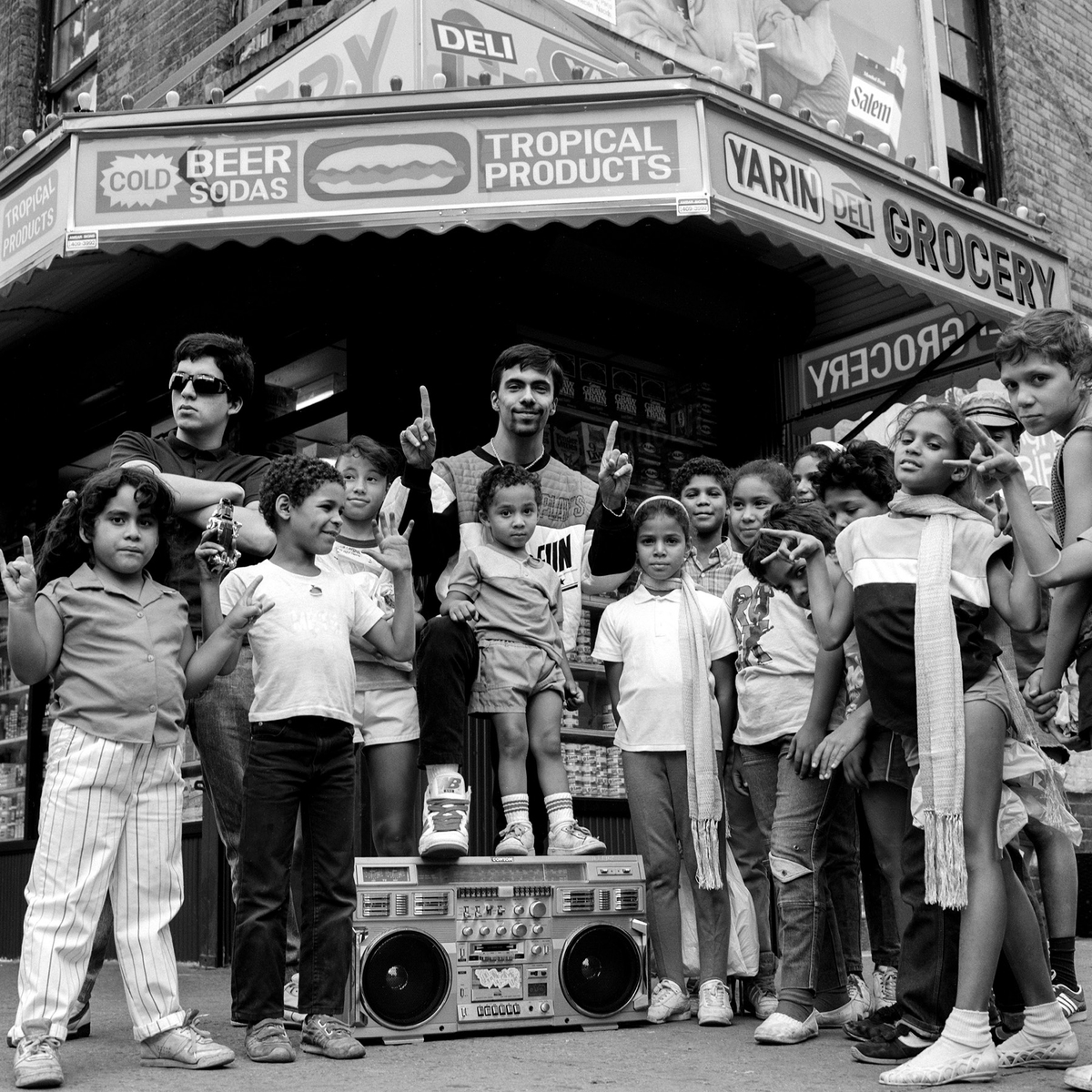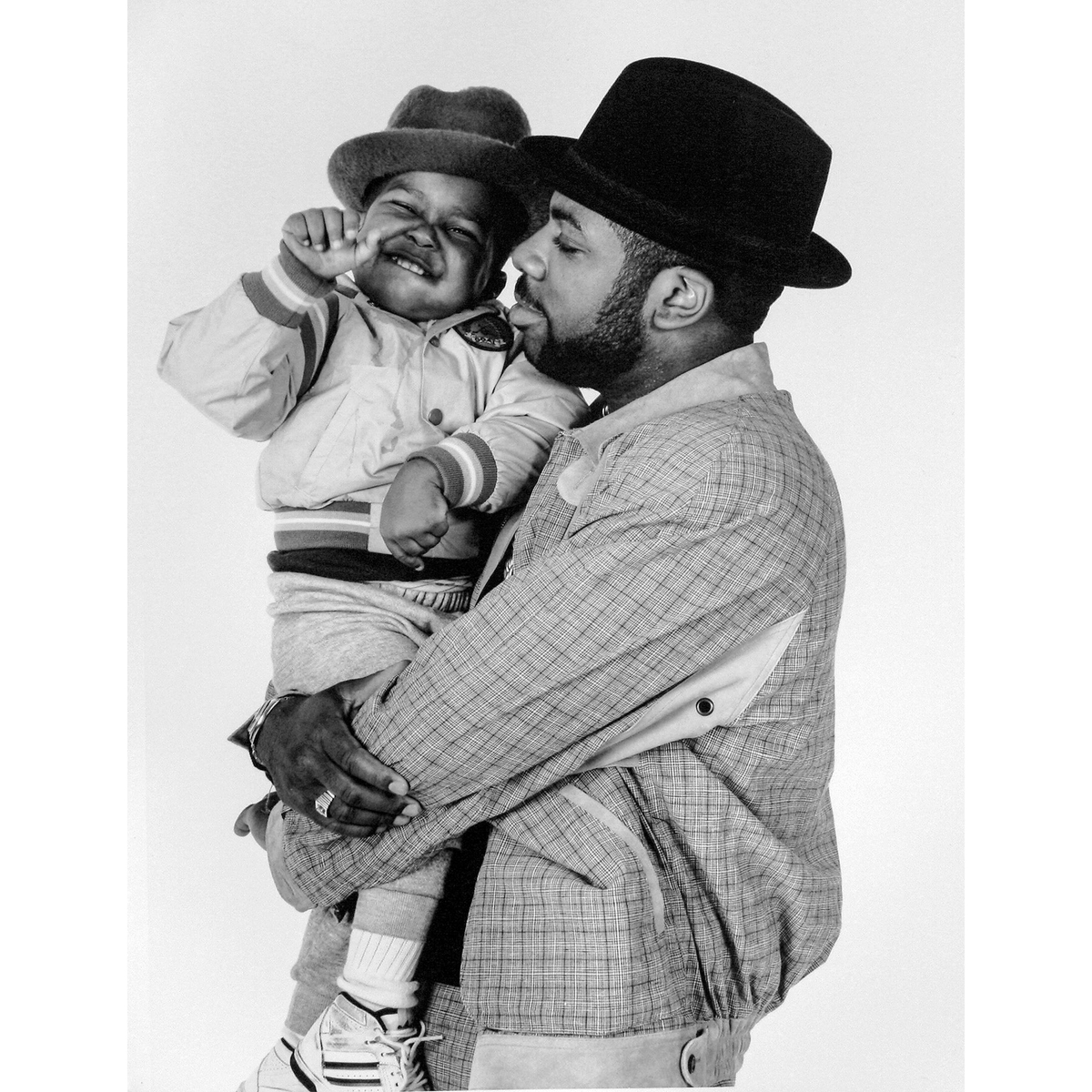What is a rebel? Merriam-Webster defines it as “one who rebels or participates in a rebellion.” According to the U.K.-born photographer Janette Beckman—who has shot the likes of Keith Haring, the Police, and Salt-N-Pepa—it has to do with autonomy. “It’s about people walking their own path,” she explains, “and are passionate about it and will do whatever it takes.”
When Beckman graduated from college, the punk era was dawning in London. “My first assigned picture,” she says, “was Siouxsie and the Banshees playing at the Roundhouse. I got paid $50 for it.” Spiky-haired and dedicated, Beckman landed more gigs for The Face and Melody Maker. She came face-to-face with the Police in 1978, when she shot a record cover for the band in black and white. In the picture, the three musicians stand against the backdrop of a tunnel, their faces pearly, almost ghost white.
“My first assigned picture was Siouxsie and the Banshees playing at the Roundhouse. I got paid $50 for it.”
In 1983, life took Beckman to New York City. Punk had become old news, and the Big Apple was the new epicenter of hip-hop. Young rappers were tinkering with old disco tunes. The Bronx was burning. Slick Rick, Public Enemy, Queen Latifah, and LL Cool J were Beckman’s new subjects, and her reputation grew. “People seem to trust me. And that’s important,” she says. “I want them to feel comfortable, to capture something real.” In her album-cover shot of Slick Rick, he’s wearing a red crown, an eyepatch, and a mischievous pirate-like smile.
Beckman never left New York. She still lives in the same Bond Street apartment she bought back in 1996. In the years since then, she has shot spreads for Paper, Esquire, Vogue, and just about every niche publication in between. “You should always do assignments for free,” she says, “if it means you can shoot what you’re passionate about.”
“I want [people] to feel comfortable, to capture something real.”
The neighborhood has gentrified around her, but Beckman has never stopped finding her rebels. Though her assignments have changed wildly since those early punk days, her main theme, her aesthetics, have not. “When you are working for Melody Maker or Sound, and you are literally getting 50 bucks,” Beckman says, “you would never dream these pictures would be in a gallery or inspire Levi’s and Dior campaigns years later.”
Glossy photographs, collected in a new book, Rebels, capture the history of cool over the last half-century. —Elena Clavarino
Elena Clavarino is an Associate Editor for Air Mail
